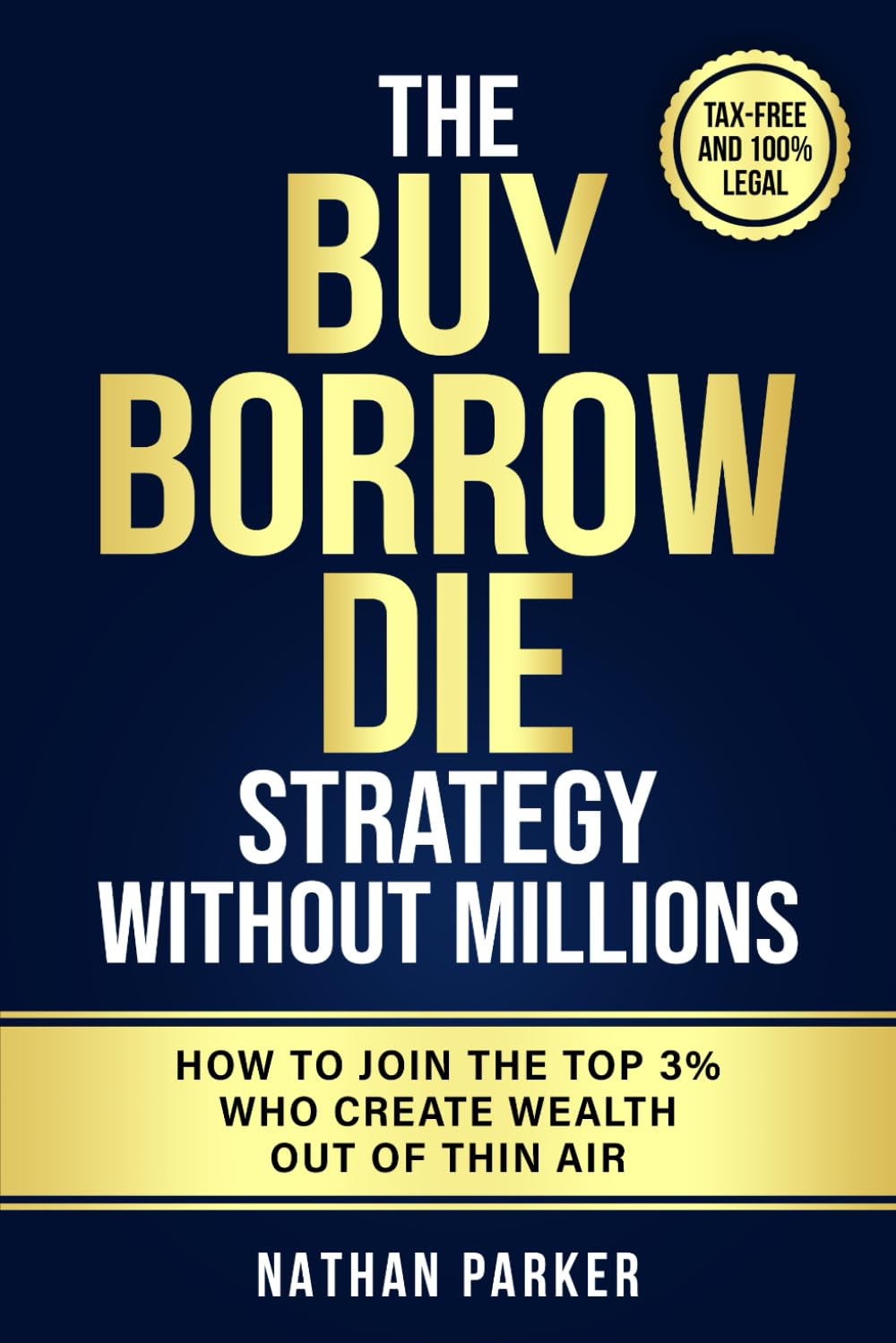I recently delved into The Buy Borrow Die Strategy Without Millions, a provocative title that promised to expose the financial tactics of the ultra-wealthy. As someone with a keen interest in personal finance, I was instinctively drawn to explore strategies that could enhance wealth-building beyond conventional wisdom. This book intrigued me specifically because it positions itself as a straightforward guide for everyday individuals seeking to escape what’s often perceived as a rigged financial system.
The book asserts that the wealthy utilize strategies to grow rich through asset control instead of traditional routes like saving or selling assets, which are often advised to the average earner. The notion that billionaires borrow against their assets tax-free without ever needing to sell them originally piqued my curiosity, and I felt drawn to uncover the secrets behind this seemingly hidden strategy.
One of the biggest positives about the book is its clarity. Many readers, including those who were new to wealth-building concepts, echoed this sentiment. The writing style is accessible—almost conversational—allowing quite a complex subject to become digestible. I appreciated the practical examples and actionable strategies presented throughout the text. It not only emphasized traditional beliefs around debt but also offered methodologies for using “good debt” to cultivate wealth. Similarly, as L DeRollo noted, it brought forth useful techniques like leveraging real estate investments and understanding tax implications.
Another significant advantage was its focus on mindset. The book contends that your perspective on money is a more substantial asset than the sum in your bank account. This resonated with me, as it shifted the narrative toward a more empowering lens through which to view financial health. Many reviews, including those from Harrington and Jamaar, emphasized how the authors demystified financial structures that could otherwise be overwhelming.
However, it wasn’t all smooth sailing. One drawback I encountered was that, while the book makes ambitious claims about wealth generation, it occasionally glosses over specific steps that might be required for implementation. As Lisa Humphrey pointed out, certain sections felt more like lofty ideas rather than practical measures that could be easily adopted. For readers who are completely new to finance, this could lead to some frustration when they are trying to put the advice into action.
Additionally, while the book aims to challenge traditional financial advice, there may be a delicate line to tread when discussing leveraging debt. Some readers may find this approach intimidating or potentially risky, particularly if they are not in a stable financial position. The contrast in opinions regarding embracing debt—from Patricia’s sentiments about the book being “interesting” to Brenda Brewer’s caution on the complexities of adopting such strategies—highlights that this might not be the right strategy for everyone.
In summary, The Buy Borrow Die Strategy Without Millions delivers a refreshing, enlightening perspective on wealth-building that left me with more questions than answers. It equips readers with innovative insights while also spurring them to rethink their relationship with money and assets.
Though it is essential to approach these strategies with caution and individual circumstances in mind, I believe this book is a valuable resource for anyone looking to gain financial knowledge or strive for financial independence in a world where success seems often reserved for the privileged few. I would comfortably recommend it to those eager to understand wealth creation outside the conventional framework, particularly if they are prepared to dig deeper into the ideas presented and navigate a path to implementation.
Overall, I would rate this book a solid 4.5 out of 5 stars. It does well in transforming complex subjects into accessible lessons, though I would advise readers to accompany it with additional research and a careful approach to the suggestions made.








